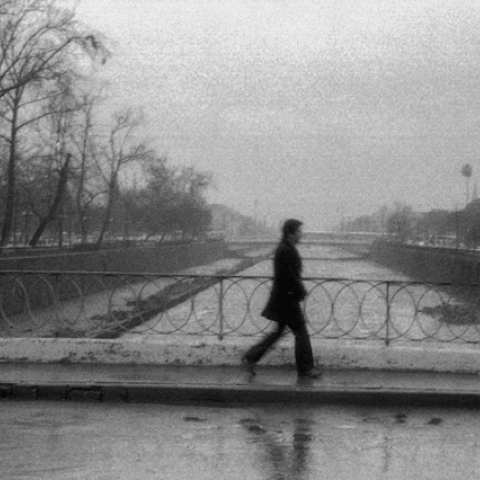Austin / Desmond Fine Art
68/69 Great Russell Street
London
WC1B 3BN
United Kingdom



Austin / Desmond Fine Art is delighted to announce Fragmented Dialogues, an exhibition in collaboration with CF-LART London that brings together the work of conceptual artist Mario Fonseca and photographer Mauricio Valenzuela. Both Fonseca and Valenzuela worked in Santiago, Chile, during the 1970s and 1980s. Despite two seemingly very different bodies of work, both artists intrinsically shared a strong dialogue around the notions of absence and prohibited identity.
From 1972 until the early 1990s, a military dictatorship under the rule of Augusto Pinochet plunged Chile into total darkness and silence. People found safety in reclusion and anonymity for fear of being reported to a regime characterised by repression, as well as systematic arrests, tortures and disappearances. Hiding one’s true nature, including all political thoughts and beliefs, was a matter of survival. For Mario Fonseca, a trained artist, the climate was stifling. Disillusioned, he initially chose not to pursue his own practice. Instead he worked as a graphic designer, publisher and editor, becoming instrumental in promoting the works of other influential Chilean artists and poets of the time, such as Eugenio Dittborn, members of the neo-avant-garde group CADA, Paz Errazuriz and Alfredo Jaar, amongst others.
In the late 1970s, encouraged by Jaar with whom he collaborated closely, Fonseca began to experiment with ideas influenced by conceptual art. From 1979 to 1983, he produced a series of photographic, mixed media and film works. Central to these works was Fonseca’s use of the self-portrait. By placing himself at the centre of the image, Fonseca ran the risk of exposing his face to a ‘state system that unleashes all its apparatus in the disappearance of individuals’. Yet by partially obscuring his face (for example by using a black stripe across his eyes or by covering his face with broken glass), he remained anonymous. These works were not only a daring statement against a censorial regime, in which one’s existence was always at risk, but were also Fonseca’s way of addressing the ‘exhausting impossibility to be different – as a principle of one’s identity – in the face of an overwhelming homogeneity.’
By titling the series Habeas Corpus (which refers to a judicial normative that guarantees the liberty of every individual, preventing ‘arbitrary’ detentions), Fonseca further addressed the disappearances and imprisonments committed by the regime. His directness was unsettling, even amongst his fellow artists, who preferred to work with more subtle linguistic codes and who strongly criticised Fonseca (as they did Jaar), after his controversial exhibition of the same title at Gallery Sur in 1982.
Unlike Fonseca, Valenzuela’s work is rooted in social documentary. It stands amongst the most unusual and original of the ‘golden period’ of Chilean photography in the 1980s and 1990s. His restrained visual narratives, shot mostly in atmospheric conditions of heavy fog and low light, captured the climate of overwhelming despair and oppression that weighed on Santiago and its inhabitants under the military regime. His photographic series were built around unconventional yet careful compositions of anonymous people, often with their faces cropped or obscured, as they hurried to disappear out of shot. In his work, Valenzuela questioned censorship and freedom of expression; what is seen carries as much weight as what is hidden.
Fragmented Dialogues attempts to expand the understanding of Chilean art history beyond the established ‘official’ scene by highlighting the work of two, often excluded artists, who made key and historically important contributions to Chile’s artistic movement during the country’s darkest years.
